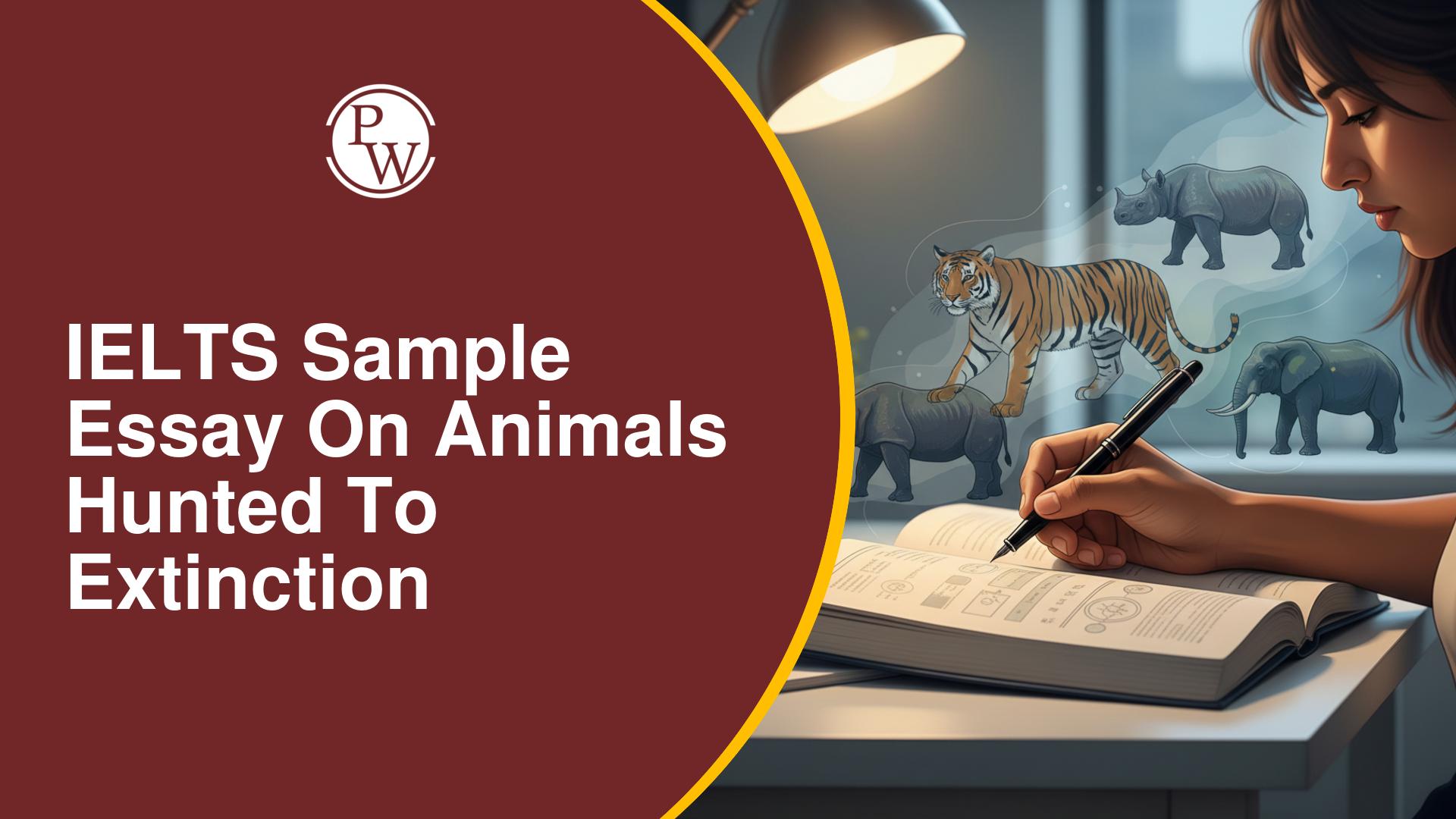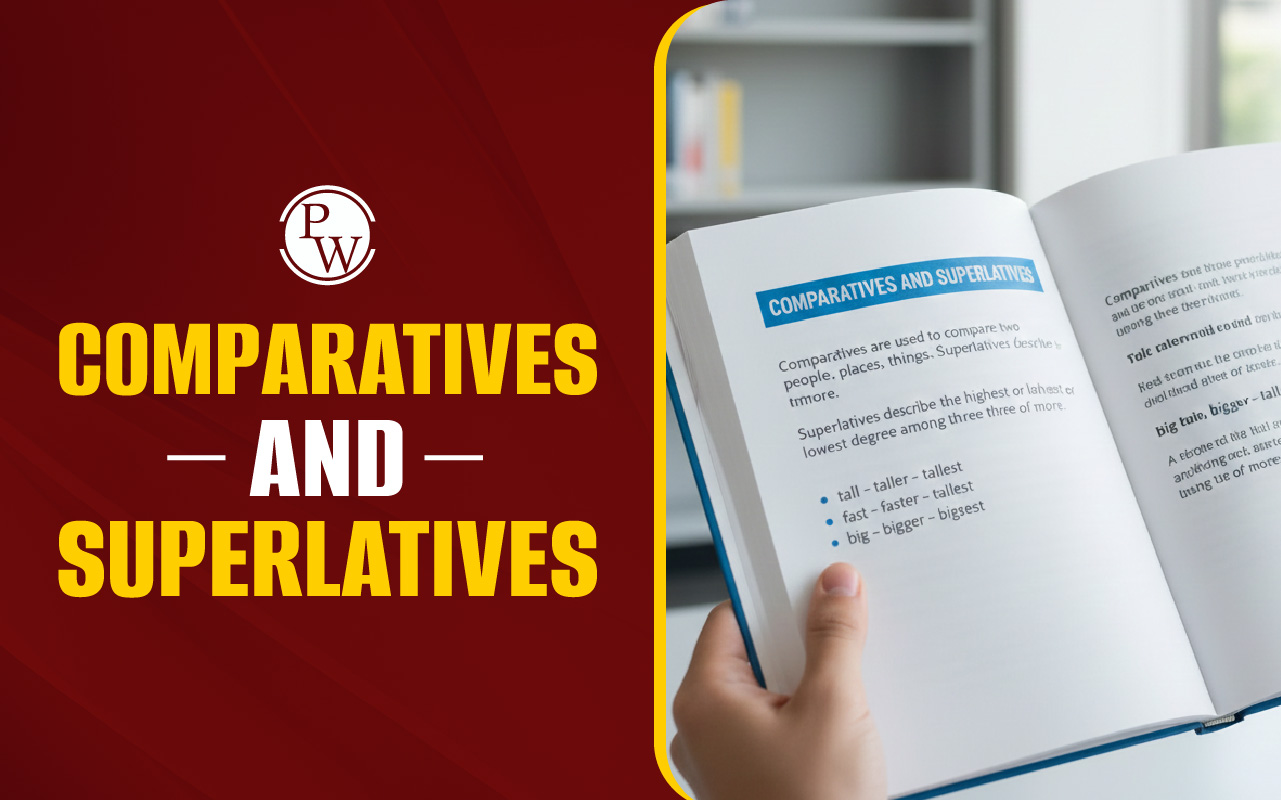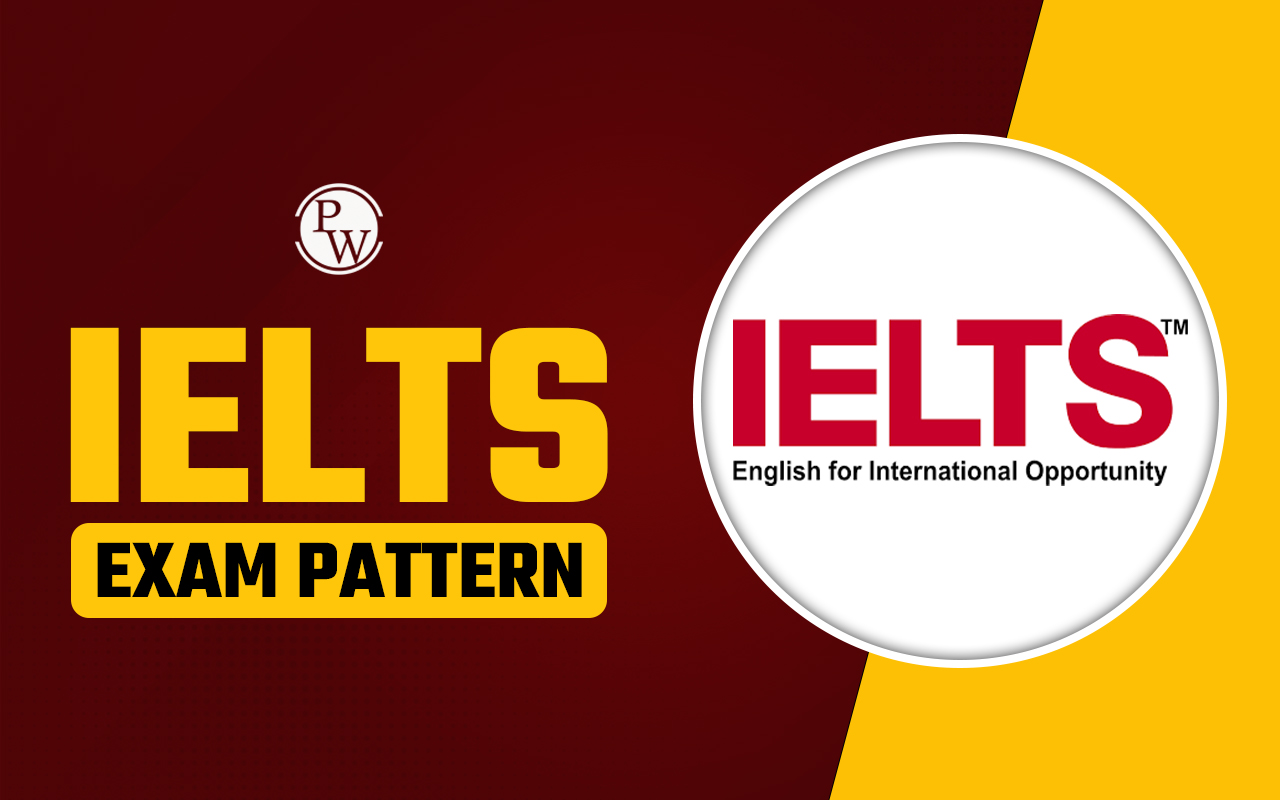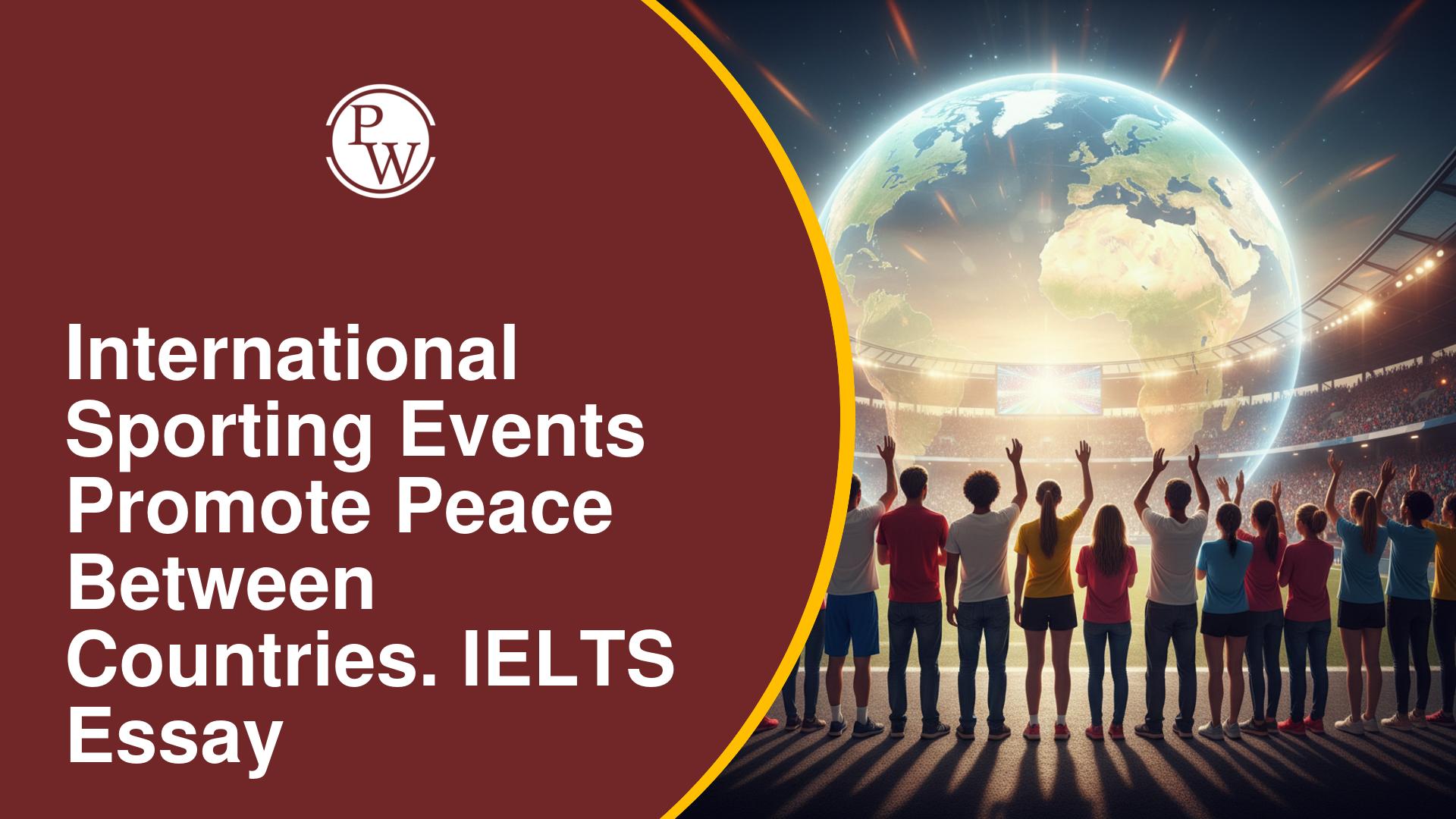
The History of the Tortoise IELTS Reading Answers: The IELTS Reading test consists of 40 questions including 3 reading passages. Students are required to spend around 20 minutes per passage to complete all questions in 60 minutes. “The History of the Tortoise IELTS Reading Answers” is a popular topic for the IELTS Reading test . Therefore, students should aim to answer all the questions carefully to improve their overall IELTS Reading band score . Scoring well in this section can help students achieve high IELTS band scores such as 8.0 and above. Here we have offered sample questions for “The History of the Tortoise IELTS Reading Answers” including 4 types of questions: Short-Answer Type Questions, True/False/Not Given, Flowchart/IELTS Sentence Completion, and Multiple-Choice Questions. Aspirants can also follow “The History of the Tortoise IELTS Reading Answers” tips to make their preparation worthy.
Free IELTS Reading Practice Tests, Cambridge Sample Test PDF
The History of the Tortoise IELTS Reading Answers Passage
You should spend 20 minutes answering Questions 1-11, which are based on the Reading Passage below.The History of the Tortoise
Paragraph 1: If you go far back, everything lives in the ocean. At different topics in evolutionary history, interested individuals from different animal groups travelled to land, sometimes taking their own seawater in blood and cellular fluids, even to the aridest deserts. In addition to the reptiles, birds, mammals, and insects that surround us, other groups that have conquered the water contain scorpions, snails, and crustaceans such as woodlice, land crabs, millipedes and centipedes, spiders, and different worms. We must not forget the vegetation, without whose pre-invaded land, no other migrations could have taken place. Paragraph 2: Going from water to land involves a significant reshaping of every part of life, as well as respiration and reproduction. However, a good number of terrestrial animals later returned, abandoning the hard-earned terrain resurfacing tool and returning to the water. The seals were only partially returned. On the way to extreme events like Whales and dugongs, they display to us what mediators would have been like. Whales and dugongs, their closest relatives, the Manatees, ceased to be terrestrial creatures as a whole and returned to the whole marine customs of distant ancestors. They do not even come ashore to breed. Nevertheless, they still breathe air, creating nothing similar to the gills of their previous marine incarnation. Turtles went to sea a long time ago, and like all vertebrates that return to the water, they breathe air. Yet, they are, in a way, less likely to return to the water than whales or dugongs because turtles still lay their eggs on the beaches. Paragraph 3: There is proof that all modern turtles are descended from a terrestrial ancestor who lived before most dinosaurs. From the earliest dinosaur times, there are two major fossils known as Proganochelys quenstedti and Palaeochersis talampayensis, all of which are closely related to the ancestry of modern turtles and tortoises. You may be wondering how we can tell if fossil animals lived on land or in water, particularly when only fragments are discovered. Sometimes it’s clear. Ichthyosaurs are reptile contemporaries of dinosaurs, with paddles and streamlined bodies. The fossils look like dolphins, and they certainly lived in the water like dolphins. With turtles, it manifests a little less. One method is to measure the bones of their forearms. Paragraph 4: Walter Joyce and Jacques Gauthier of Yale University obtained three measurements on the specific bones of 71 species of living turtles and turtles. They used a type of triangular graph paper to plan all three measurements against each other. All terrestrial turtle species formed a tight spot at the top of the triangle, while all water turtles are at the bottom of the triangular graph. They are not mutually exclusive, except for some species that spend time in water and land. Of course, this amphibious species appears on the triangular graph almost halfway between the 'wet cluster' of sea turtles and the 'dry cluster' of land turtles. Determining where the fossils fell was the next step. We have no doubt the bones of P quenstedti and JR talampayensis. Their points on the graph are the thickness of the dry mass. Both of these fossils are arid land turtles. They came before our turtles could return to the water. Paragraph 5: So, as most mammals did after going to sea, you might guess that modern land turtles may have stayed on land since that early terrestrial period. But obviously not. If you draw the family tree of all current turtles and tortoises, almost all the branches are aquatic. Today's land turtles are a branch with deep nests built among the branches of aquatic turtles. This suggests that modern land turtles have not relied on the land continuously since the time of P. quenstedti and P. talampayensis. On the contrary, their ancestors were among those who returned to the water, and they reappeared on land in recent times. Paragraph 6: Therefore, turtles represent significant double returns. As with all mammals, reptiles, and birds in general, their distant ancestors were marine fish, before which various more or less worm-like creatures still in the sea developed into primary bacteria. Later, ancestors lived on the land and stayed there for many ages. Afterwards, ancestors still turned into water and became sea turtles. Eventually, they returned to the land as turtles, some of which now live in arid deserts.The History of the Tortoise IELTS Reading Answers Sample Questions
The History of the Tortoise IELTS Reading Answers: Short-Answer Questions (Q. 1-4)1. Which animals show evidence of returning to water after evolving on land? 2. What measurement technique did Walter Joyce and Jacques Gauthier use to analyze turtle fossils? 3. What is the name of one ancient fossil closely related to modern turtles? 4. How do turtles differ from whales and dugongs in their reproduction habits?
The History of the Tortoise IELTS Reading Answers: True/False/Not Given (Q. 5-7)5. Fossilized bones of Ichthyosaurs indicate that they lived both on land and in water. 6. Whales no longer rely on land for any part of their life cycle. 7. All modern turtles evolved directly from aquatic ancestors without any land-dwelling stages.
The History of the Tortoise IELTS Reading Answers: Sentence Completion (Q. 8-10)8. The first animals to live on land carried with them __________ in their blood and cellular fluids. 9. Turtles are less likely to fully return to water because they still __________. 10. Fossils of Proganochelys quenstedti and Palaeochersis talampayensis indicate they were __________.
The History of the Tortoise IELTS Reading Answers: Multiple-Choice Question (Q. 11)11. What does the evolutionary history of turtles illustrate? A. Continuous progression from marine to land environments B. Repeated shifts between land and water habitats C. Gradual adaptation to desert environments over time D. Complete reliance on marine environments throughout their evolution
| IELTS Exam Important Links | |
|---|---|
| IELTS Reading Band Score | IELTS Listening Band Score |
| IELTS Speaking Band Score | IELTS Writing Band Score |
The History of the Tortoise IELTS Reading Answers Explanation
- Which animals show evidence of returning to water after evolving on land? Answer: Whales, dugongs, seals, and turtles.
- What measurement technique did Walter Joyce and Jacques Gauthier use to analyze turtle fossils? Answer: Triangular graph paper.
- What is the name of one ancient fossil closely related to modern turtles? Answer: Proganochelys quenstedti.
- How do turtles differ from whales and dugongs in their reproduction habits? Answer: Turtles lay their eggs on beaches.
- Fossilized bones of Ichthyosaurs indicate that they lived both on land and in water. Answer: False
- Whales no longer rely on land for any part of their life cycle. Answer: True
- All modern turtles evolved directly from aquatic ancestors without any land-dwelling stages. Answer: False
- The first animals to live on land carried with them __________ in their blood and cellular fluids.
- Turtles are less likely to fully return to water because they still __________.
- Fossils of Proganochelys quenstedti and Palaeochersis talampayensis indicate they were __________.
- What does the evolutionary history of turtles illustrate? Answer: B. Repeated shifts between land and water habitats
The History of the Tortoise IELTS Reading Answers Tips
A few popular tips for “The History of the Tortoise IELTS Reading Answers” passage are as follows:- Quickly read through the passage to get familiarised with the concept of the passage.
- Pay attention to headings, subheadings, starting, and ending paragraphs of the passage.
- Scan the full passage to find out the new key concepts.
- Look for facts and statistical figures such as dates, names, measurements, and distinctive terms.
- Read all questions carefully to understand the question pattern.
- For True/False/Not Given questions, look for exact statements from the passage.
- For multiple choice questions, eliminate incorrect answersfrom the given options.
- Look for synonyms and paraphrased texts in the passage for sentence completion questions.
- Allocate about 20 minutes per passage.
- Practice IELTS reading tests regularly to improve your score.
Read More: How to Manage Time in IELTS Reading
Guidance of PW IELTS
Physics Wallah offers a few popular online IELTS courses for all students. Follow the latest IELTS articles to better prepare for the exam.| IELTS Exam Other Related Links | |
|---|---|
| IELTS Registration | IELTS Eligibility Criteria |
| IELTS Exam Pattern | IELTS Syllabus |
| IELTS Exam Dates | IDP IELTS Test Centers |
The History of the Tortoise IELTS Reading Answers FAQs
Q. How do I improve my IELTS reading score?
Q. What is the hardest part of IELTS reading?
Q. How long is the IELTS reading test?
Q. Can I write answers in capital letters?










